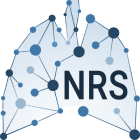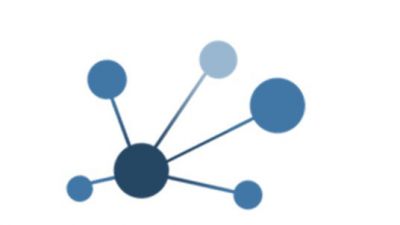Report NRS symposium "Lung Repair and Regeneration"
The symposium was organized by Prof Irene Heijink (UMCG, Groningen) and Dr Robbert Rottier (Erasmus MC, Rotterdam) as part of the NRS task force Innovative Research.
The goal of the meeting was to stimulate research in the Netherlands aimed at repair of damaged lung tissue.
In the past decade, research in the field of regeneration of lung tissue has rapidly developed and has generated promising results from animal models and clinical trials using e.g. tracheal implants seeded with autologous cells. Research on lung developmental processes has provided new information on the potential role of stem and progenitor cells as well as key pathways involved in lung tissue repair and regeneration. Nevertheless, the challenge of regenerative medicine is considerable, because of the complex architecture of the normal lung. The development of therapeutic strategies to enhance tissue repair/regeneration in situ or to use engineered lung tissue for implantation will require the development of more advanced in vitro, ex vivo and/or in vivo models and technologies to study strategies for repair or regeneration of injured lung tissue, including advanced culture models.
In order to achieve the goals set at the onset, we have prepared a program that covered the development at the cellular level as well as the progress made in the biomaterial engineering field.
The organizers were very pleased with the active participation of the invited speakers, who not only delivered excellent and interesting presentations, but also participated in the discussions.
The meeting was opened by Robbert Rottier, who explained the ongoing efforts of the NRS to stimulate the lung field and highlighted the implementation of the task forces.
Then, Prof Hans-Willem Snoeck discussed the work ongoing in his lab to generate lung tissue from human iPS cells. Strikingly, he showed that in contrast to the mouse, FGF10 is less important in human lung development, with a more critical role for KGF. This presentation was appropriately followed by an excellent overview of Prof Saverio Bellusci who discussed the role of Fgf10 and Broncho-Pulmonary Dysplasia. The next speaker of this session, Prof Adam Giangreco showed the power of mining existing datasets if one has a well-defined question. By comparing gene expression data from developmental stages with those derived from tumors, he identified potential new targets for therapeutic strategies. The session was closed by Prof Irene Heijink who explained the importance of mesenchymal stromal cells (MSCs) and their interaction with the extra cellular matrix in the repair of emphysematous lungs.
After the coffee break, Prof Robert Vries showed the potential of using (intestinal) organoids to predict the correct medicine use in cystic fibrosis. Prof Séverine le Gac nicely introduced the audience to microfluidic technology and she carefully explained the current technical possibilities. Her presentation was followed by Dr Darcy Wagner who showed the use of decellularized lungs and recellularization in order to study lung diseases.
The last session involved three talks of Lung Foundation-sponsored consortia focused at lung repair and regeneration. The first was presented by Prof Jan Stolk who discussed the role of MSCs in the treatment of emphysema and showed data on a clinical trial with MSCs. His presentation was followed by lectures of two bioengineering experts, on by Andre Poot, who presented the work on the development of an alveolus on a chip, and the other by Prof Toin van Kuppevelt, who explained about the construction of bioactive lung scaffold and the importance of having the correct extracellular matrix components for regenerative medicine.
The symposium was closed with an excellent presentation by Prof Mauricio Rojas who stressed the promising role of MSCs and the importance of using the right mouse model, especially related to aging.
In conclusion, the speakers and the audience well interacted over coffee and lunch, and both Irene and I feel that this day will contribute to future collaborations.
We like to thank the NRS for sponsoring this event, and we like to thank all people involved for making this symposium a true scientific treat.
Special thanks to Inez van de Burg for all support in organizing this meeting!

